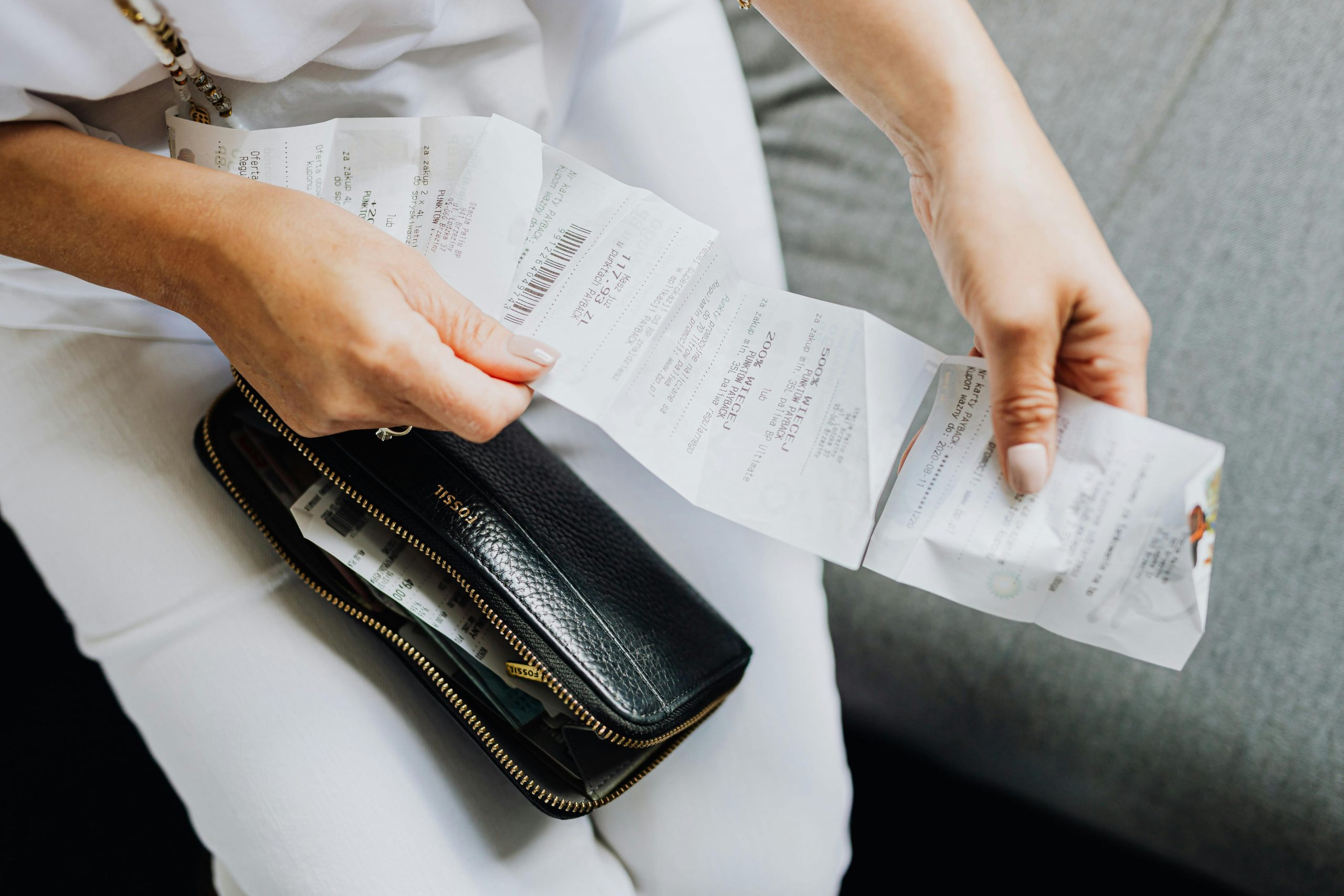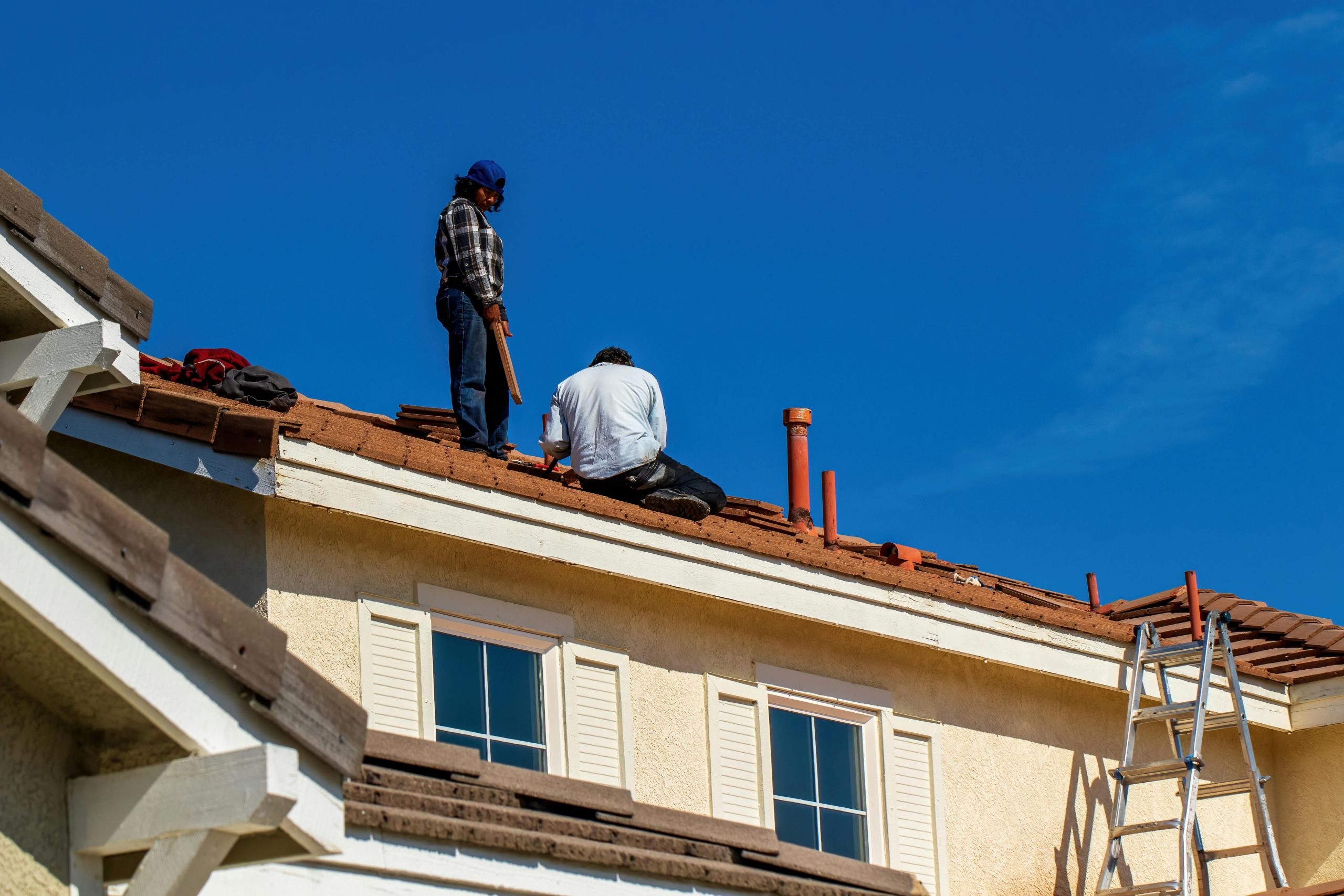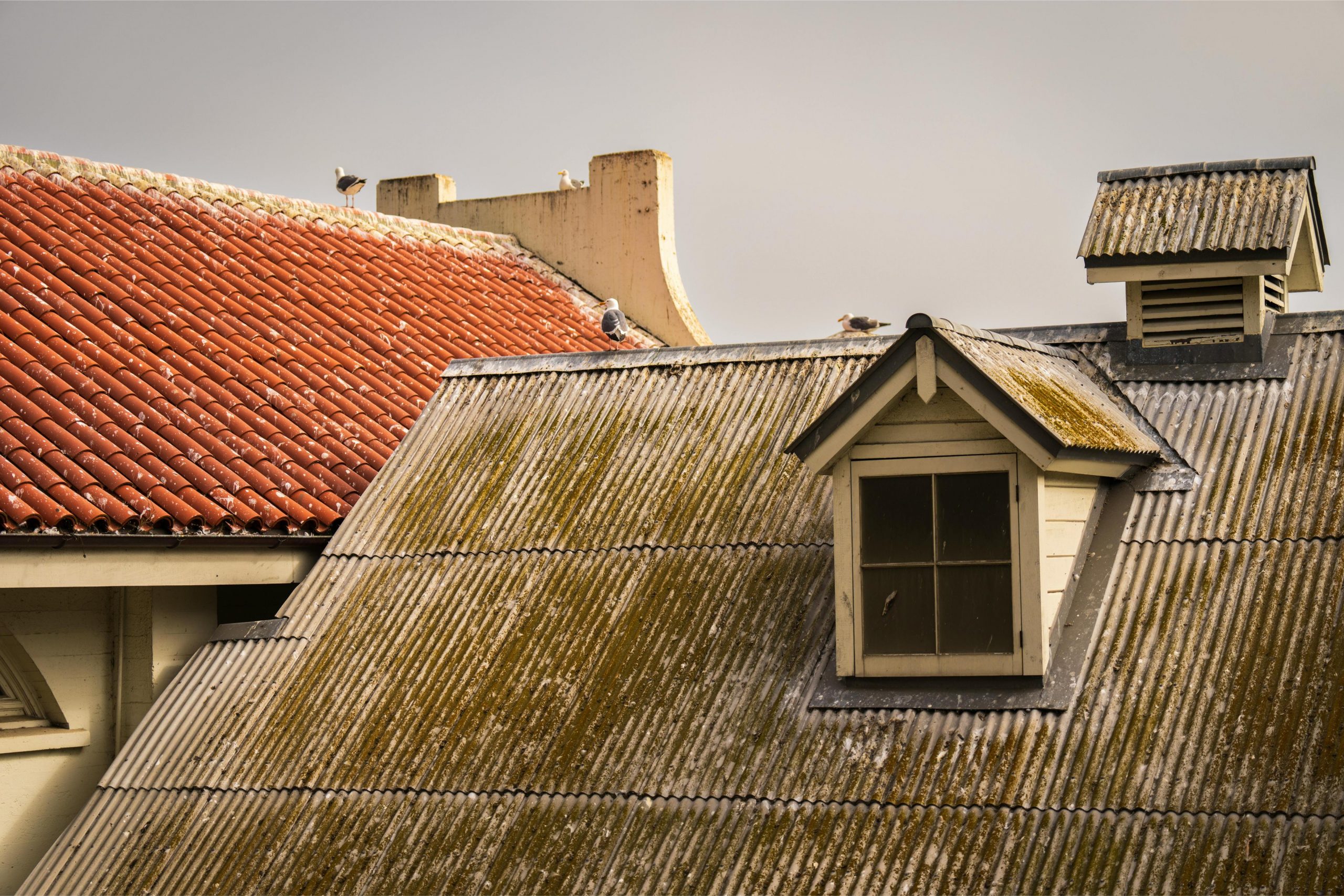Disadvantages of Metal Roofs: What You Need to Know Before You Buy
Metal roofs have become more popular in recent years due to their durability, eco-friendliness, and modern appearance. But just like any home improvement choice, they come with downsides. Before you invest in a metal roof, it’s important to understand its potential drawbacks so you can make the best decision for your home, lifestyle, and budget.
This guide covers the main disadvantages of metal roofs in plain, easy-to-understand language. We’ll also briefly touch on different types of metal roofs to give you context for how these disadvantages may vary.
1. High Upfront Cost

One of the most common complaints about metal roofing is its cost. While it can last two to three times longer than asphalt shingles, the initial price is significantly higher.
- Material Costs: Basic steel or aluminum panels can cost $5–$10 per square foot installed. Premium materials like copper or zinc can cost $15–$25+ per square foot.
- Labor Costs: Installation is more specialized and may require skilled workers, which raises the price.
- Budget Planning Tip: Although metal roofs offer long-term value, the upfront cost may not make sense if you plan to move soon or if your local climate doesn’t demand such durable protection.
2. Noise During Rain or Hail
Rain hitting a metal roof can be loud—especially during storms or hail. Even with insulation and soundproofing, the noise may still be noticeable compared to traditional roofing materials.
- Why It Happens: Metal is a rigid surface that amplifies sound. Without enough insulation or attic space, the noise travels easily into your living areas.
- Solutions: Add a solid roof deck, underlayment, or attic insulation to help reduce sound.
- Keep in Mind: For some homeowners, the sound is cozy or nostalgic—but for others, it’s disruptive.
3. Dents & Surface Damage
Metal roofs can dent when hit by large hail, falling branches, or even when walked on without proper care.
- Material Differences: Softer metals like aluminum and copper are more prone to dents than steel.
- Hail Zones: If you live in an area with frequent hailstorms, this could be a major concern.
- Foot Traffic: Roofing professionals know where to step to avoid damage, but DIYers may cause dents unknowingly.
4. Expansion & Contraction
Metal naturally expands and contracts with temperature changes. This can lead to several issues over time.
- Fasteners May Loosen: If the metal roof is installed with exposed fasteners, the constant movement can loosen screws or nails.
- Panel Distortion: Improper installation can lead to warping or “oil canning,” which is a wavy appearance on flat surfaces.
- Preventive Tips: Hidden fastener systems like standing seam metal roofs reduce this risk, but they cost more upfront.
5. Slippery Surface
Metal roofs can be dangerous to walk on when wet, icy, or even during early morning dew.
- Safety Risks: Slippery surfaces make it hard for roofers, chimney cleaners, or homeowners to do maintenance or repairs.
- Snow Slides: In snowy climates, metal roofs can cause large sheets of snow to slide off suddenly. This may damage gutters, vehicles, or pose a safety risk to people.
- Solutions: Installing snow guards or walkways can help, but adds extra cost.
6. Difficult Repairs & Matching Issues

Unlike shingles, which are easy to replace individually, metal roofing panels are harder to fix if damaged.
- Custom Cuts Required: Damaged panels often require specialized cuts and tools to remove and replace.
- Color Matching: Over time, metal finishes fade, making it difficult to match old and new panels.
- Specialized Help: You may need to call a metal roofing expert rather than a general roofer, which limits options and raises repair costs.
7. Requires Professional Installation
Installing a metal roof is not a beginner-friendly DIY project. A poor installation can lead to major issues down the line.
- Precision Is Key: Panels must be aligned perfectly and fastened correctly to handle temperature shifts, water flow, and roof movement.
- Warranty Risks: Many manufacturers won’t honor their warranties unless the roof is installed by a certified professional.
- Fewer Installers Available: Depending on your location, it may be harder to find a qualified metal roofer, which can delay your project.
8. Limited Aesthetic Options (Compared to Shingles)
Metal roofs have come a long way in design, but they may not offer the same range of color and texture as asphalt shingles.
- Modern Look: Many metal roofs look sleek or industrial. This might not suit older or traditional-style homes.
- Stamped Panels: There are textured options like metal shingles or tiles that mimic wood, slate, or clay—but they tend to cost more.
- HOA Restrictions: Some neighborhoods or homeowner associations limit metal roofing due to appearance rules.
9. Interference With Wireless Signals (Rare)
Though not common, some homeowners report that metal roofs can interfere with cellphone reception or Wi-Fi signals.
- How It Happens: The metal can reflect or block signals, especially in homes with weak signals already.
- Fixes: Installing a signal booster or ensuring routers are properly placed usually solves the issue.
10. Environmental Concerns in Some Areas
While metal roofs are considered eco-friendly due to recyclability and energy efficiency, some concerns exist.
- Heat Reflection: In colder climates, a reflective roof can make heating your home harder in winter.
- Production Impact: Mining and manufacturing of metals like copper and zinc have environmental impacts.
- Green Certifications: Look for roofing materials certified by Energy Star or made from recycled metals to reduce your footprint.
Metal Roofs Aren’t One-Size-Fits-All
Choosing the right roofing material depends on your home, your climate, and your long-term goals. It’s helpful to understand the different types of metal roofs before you make your final decision. Steel, aluminum, zinc, and copper each come with their own pros and cons. Some are better suited for harsh climates, while others offer premium looks for a higher price.
If you’re already considering a metal roof as part of a larger home upgrade, such as an attic renovation or energy efficiency improvement, weigh the pros and cons carefully. You want your investment to pay off not just in style, but also in performance and comfort.
Final Thoughts
While metal roofs offer durability, eco-friendliness, and low maintenance, they aren’t perfect. High upfront costs, noise concerns, and potential surface damage may turn some homeowners away. Still, for others, the long-term benefits outweigh the short-term drawbacks.
Do your research, get quotes from experienced installers, and make sure to consider both the types of metal roofs available and the unique needs of your home. By understanding the disadvantages ahead of time, you’ll be better prepared to choose the right roofing solution that balances both function and style.

